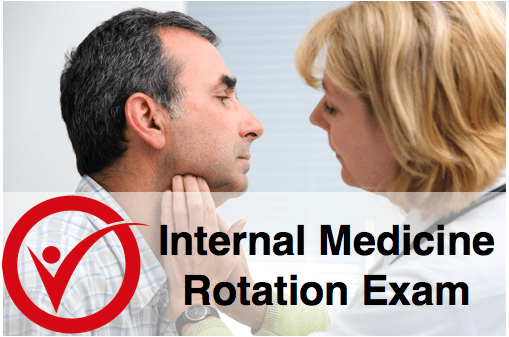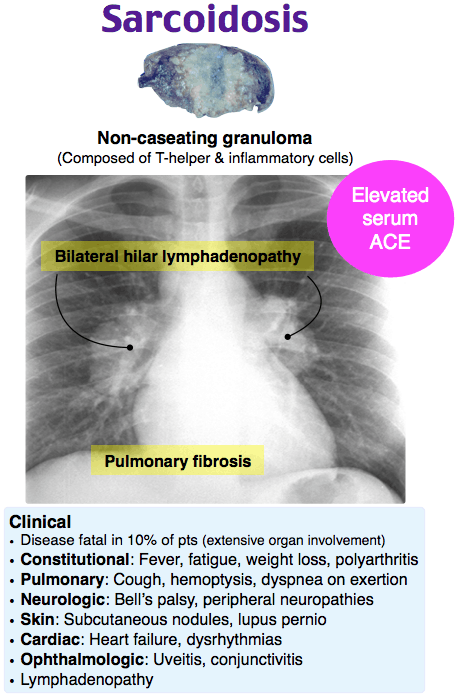Introducing the New Internal Medicine Rotation Exam, Perfect for PA Students

Rosh Review, LLC is not sponsored or endorsed by, or affiliated with, the Physician Assistant Education Association (PAEA) nor the End of Rotation Exam™ (EOR). All trademarks are the property of their respective owners.
The new Rotation Exam – Internal Medicine, available to Physician Assistant students and programs, is best suited for PA students looking for a focused, high-yield review for the end of your rotation. It joins our growing list of Rotation Exams, including Rotation Exam – Pediatrics, Rotation Exam – Emergency Medicine, Rotation Exam – Psychiatry and Behavioral Health, and Rotation Exam – Women’s Health. This content is novel and not included in Rosh Review’s PANCE Qbank, Mock exams, or Power Packs.
Topics for the Rosh Review Internal Medicine Rotation Exam are based on the national curriculum blueprint.
Categories include the following:
- Critical care 7%
- Cardiovascular (20%)
- Endocrinology (8%)
- Gastrointestinal/nutritional (12%)
- Urology/renal (8%)
- Hematology (5%)
- Infectious disease (5%)
- Neurology (8%)
- Pulmonology (15%)
- Orthopedics/rheumatology (12%)
Content is organized by task:
- History and Physical
- Diagnostic studies
- Diagnosis
- Health maintenance
- Clinical intervention
- Clinical therapeutics
- Scientific concepts
Here is an example:
A 23-year-old African American woman, with no risk factors for heart disease, presents to the clinic with complaints of sternal chest pain, fatigue, nonproductive cough, and shortness of breath. Vitals and physical exam are normal. Chest X-ray reveals bilateral hilar adenopathy and diffuse reticular opacities. Which of the following is most likely to confirm the diagnosis?
A. Endobronchial lung biopsy
B. Positron emission tomography scan
C. Pulmonary function tests
D. Surgical biopsy of mediastinum and lung
Answer A
Endobronchial lung biopsy is recommended for patients with suspicious chest X-ray findings (i.e., bilateral hilar adenopathy and diffuse, ground glass, reticular opacities). Biopsy is performed on the most accessible lesion that appears to be affected (skin, lungs). Flexible bronchoscopy should be performed looking for endobronchial lesions to biopsy. In sarcoidosis, endobronchial mucosal biopsies are frequently positive and may increase the diagnostic yield, compared to transbronchial biopsies alone. Sarcoidosis is a multisystem granulomatous disorder characterized pathologically by the presence of noncaseating granulomas in involved organs (lungs, skin, lymph nodes, eyes, kidneys, joints). It is more common in African American women < 40 years of age. Common symptoms include cough, sternal chest pain, dyspnea, fatigue, malaise, fever, weight loss, muscle weakness, and exercise intolerance. Patients should also be asked about new skin lesions, visual changes, dry eyes or mouth, parotid swelling, palpitations, syncope, joint pain or swelling, or muscle weakness. Systemic corticosteroids are the treatment of choice for sarcoidosis.

Positron emission tomography scan (B) may be helpful in identifying occult lesions that are more accessible to biopsy than lung lesions, however, it does not differentiate between sarcoidosis and malignancy. Pulmonary function tests (C) are used to assess the severity of respiratory impairment of sarcoidosis but not used for confirmation of diagnosis. Surgical biopsy of mediastinum and lung (D) may be needed if endobronchial lung biopsy is not successful in yielding a diagnosis, but the least invasive procedure is tried first.
One Step Further question:
What scan is typically ordered after suspicious findings for sarcoidosis are seen on chest X-ray?
Answer:
High-resolution computed tomography of the chest, which can detect parenchymal and mediastinal abnormalities that are not seen on the plain X-ray.
Since these categories and tasks are integrated into our improved performance and feedback page, you have access to robust data to help you fine-tune your studying.
A bolus of confidence. A lifetime of knowledge.





Comments (0)